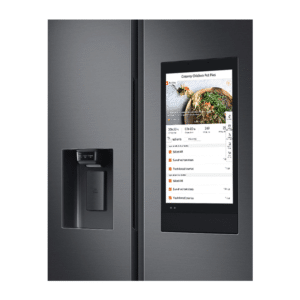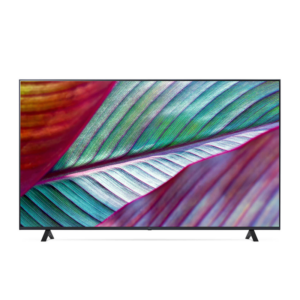The Internet of Things (IoT) and Home Appliances: A Seamless Connection
In today’s tech-savvy world, the concept of the Internet of Things (IoT) is revolutionizing how we interact with our home appliances. IoT refers to the network of physical devices, including home appliances like TVs, washing machines, and refrigerators, that are interconnected and can exchange data. The integration of IoT in home appliances is a game-changer, making our homes smarter, more efficient, and incredibly convenient.
How Do Home Appliances Connect to IoT?
- Wi-Fi and Bluetooth Connectivity: The primary way home appliances connect to the IoT is through Wi-Fi. Many modern appliances come equipped with Wi-Fi capabilities, allowing them to connect to your home network. Bluetooth is another common method, especially for smaller devices.
- Smartphone Integration: Most IoT-enabled appliances are managed through smartphone apps. These apps let you control your appliance remotely, receive updates, and even diagnose issues.
- Voice Assistant Compatibility: Devices like Amazon Alexa, Google Assistant, and Apple’s Siri can control IoT-connected appliances. Voice commands can turn devices on/off, adjust settings, or even ask for status updates.
- Data Exchange and Automation: Connected appliances can communicate with each other. For example, your smart fridge can send a notification to your phone when you’re running low on milk, or your washing machine can start a cycle when electricity costs are lowest.
The Benefits of IoT in Home Appliances
- Convenience and Control: IoT-enabled appliances offer unparalleled convenience. Imagine preheating your oven from your phone or checking if you’ve left the iron on while you’re away.
- Energy Efficiency: Smart appliances can optimize energy use, reducing costs and environmental impact. They can operate during off-peak hours or adjust settings based on usage patterns.
- Enhanced Safety: Remote monitoring means you can check on appliances anytime, anywhere. This feature is particularly useful for security systems and smoke detectors.
- Maintenance and Diagnostics: Smart appliances can alert you to potential issues before they become major problems, and some can even troubleshoot minor issues automatically.
Challenges and Considerations
While the benefits are significant, there are considerations:
- Security Risks: As with any internet-connected device, there’s a risk of hacking. It’s crucial to use secure networks and regularly update software.
- Compatibility: Ensure that new appliances are compatible with your existing IoT ecosystem.
- Cost: IoT appliances tend to be more expensive than their non-connected counterparts.

1. Samsung RS64T5F01B4 Family Hub Side By Side with Smart Things Connectivity

2. 2023 Model LG 70in 4K UHD Smart TV 70UR7550PSC
The LG 70UR7550PSC is a 70-inch 4K UHD Smart TV that stands out with its a5 Gen6 AI Processor, ensuring enhanced picture quality and performance. It features Active HDR 10 for superior image rendering and is equipped with webOS 23, offering a user-friendly interface and access to various streaming services. Additionally, the TV comes with a Magic Remote, valued at ₱2,990, for easy navigation and control.
Top 4 Internet of Things (IoT) Connected Home Appliances
Smart Refrigerators
What They Do: These advanced refrigerators can track inventory, suggest recipes based on what’s inside, and even order groceries. Some models have internal cameras, allowing you to see the contents from your smartphone.
Key Brands/Models: Samsung Family Hub, LG InstaView.
Intelligent Washing Machines
What They Do: Smart washing machines can be controlled remotely, offer customized washing cycles based on load type, and provide maintenance alerts. They can also adjust water and energy usage for efficiency.
Key Brands/Models: LG ThinQ.
Smart Air Conditioners
What They Do: Enable remote control, optimize temperature settings, and provide energy-efficient cooling.
Key Brands/Models: Samsung WindFree SmartThings, Kolin, TCL.
Smart TVs
What They Do: Beyond streaming services, smart TVs can connect to other IoT devices in your home, allowing for integrated control and enhanced features like voice commands.
Key Brands/Models: Samsung QLED Smart TVs, LG OLED TVs.
Conclusion
The integration of IoT in home appliances symbolizes a leap towards a more connected, efficient, and convenient lifestyle. As technology evolves, we can expect even more innovative features and seamless integration, making our homes smarter and our lives easier.
Remember, when choosing IoT appliances, consider compatibility, security, and budget to fully enjoy the benefits of this incredible technology.

